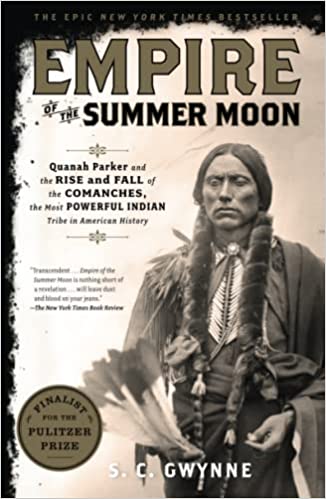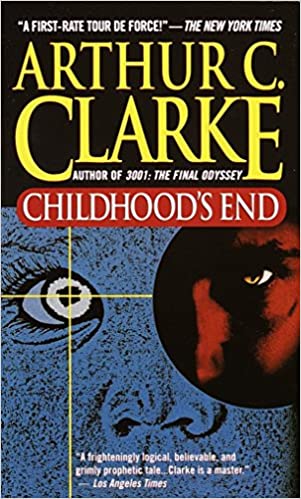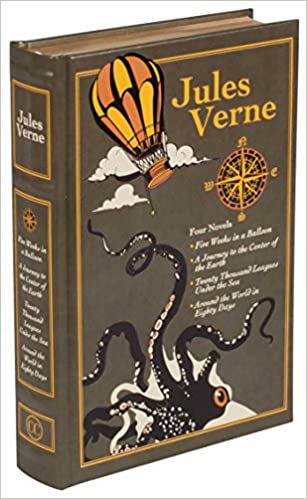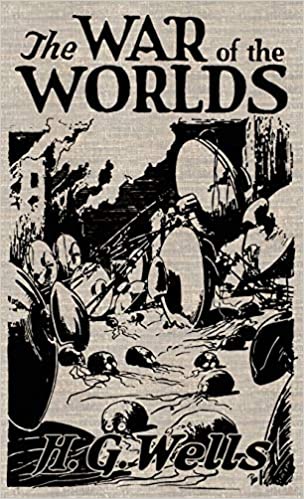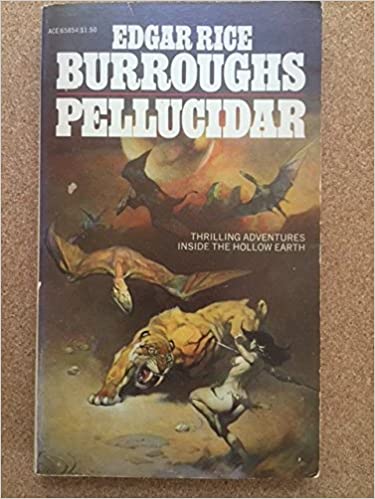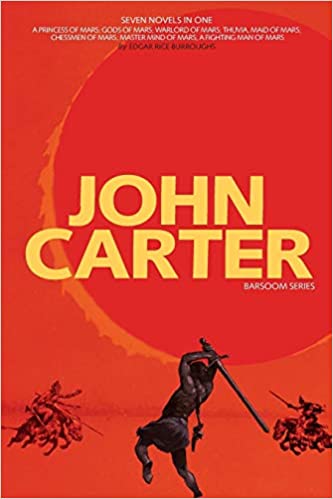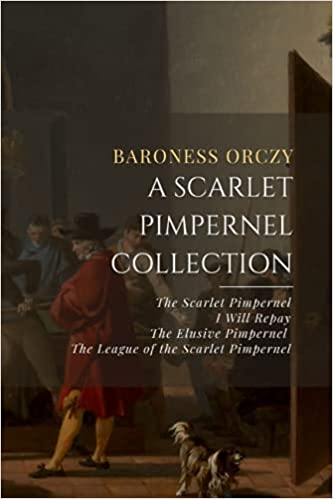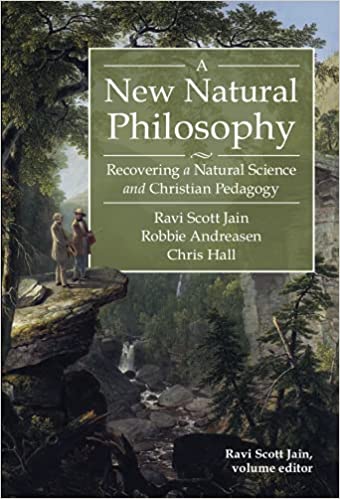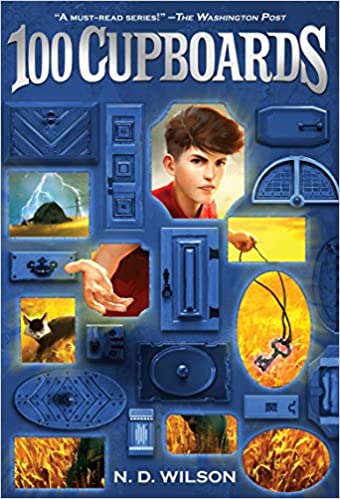Empire of the Summer Moon
S. C. Gwynne’s Empire of the Summer Moon spans two astonishing stories. The first traces the rise and fall of the Comanches, the most powerful Indian tribe in American history. The second entails one of the most remarkable narratives ever to come out of the Old West: the epic saga of the pioneer woman Cynthia Ann Parker and her mixed-blood son Quanah, who became the last and greatest chief of the Comanches.
The war with the Comanches lasted four decades, in effect holding up the development of the new American nation. Gwynne’s exhilarating account delivers a sweeping narrative that encompasses Spanish colonialism, the Civil War, the destruction of the buffalo herds, and the arrival of the railroads—a historical feast for anyone interested in how the United States came into being.
Against this backdrop Gwynne presents the compelling drama of Cynthia Ann Parker, a lovely nine-year-old girl with cornflower-blue eyes who was kidnapped by Comanches from the far Texas frontier in 1836. She grew to love her captors and became infamous as the "White Squaw" who refused to return until her tragic capture by Texas Rangers in 1860. More famous still was her son Quanah, a warrior who was never defeated and whose guerrilla wars in the Texas Panhandle made him a legend.
More info →Childhood’s End
Without warning, giant silver ships from deep space appear in the skies above every major city on Earth. Manned by the Overlords, in fifty years, they eliminate ignorance, disease, and poverty. Then this golden age ends--and then the age of Mankind begins....
More info →Jules Verne (Leather-Bound Classics)
Legendary science fiction and adventure author Jules Verne is remembered for his fascinating stories of travel and excitement. With countless adaptations available, the titles of his works are familiar. But no joy can compare to reading the originals...and reading them in a deluxe classic edition is even better! This elegant book features four classic Verne novels:
- The African exploration of Five Weeks in a Balloon.
- The story of Captain Nemo and his submarine in Twenty Thousand Leagues Under the Sea.
- Around the World in Eighty Days, the famous story of an incredible expedition.
- And the classic Journey to the Center of the Earth, which takes readers into our world’s geological past.
With a genuine leather cover, printed endpapers, and a ribbon bookmark, as well as an introduction by an expert on Verne’s life and writing, this is an excellent introduction to the work of this well-loved author. Expand your home library—and your imagination—with Jules Verne!
More info →The War of the Worlds
Written by the four-time nominee of the Nobel Prize in Literature, The War of the Worlds by H. G. Wells is known as one of the earliest stories to depict conflict between the human race and an extraterrestrial race. H. G. Wells, praised as the father of science fiction, was an influential social critic who focused on the future. During his lifetime, he wrote dozens of novels and short stories that examined how different society would be in his progressive future vision of the world. While his science fiction imagined things such as alien invasions and time travel, he also predicted nuclear weapons, space travel, and even the internet through his works.
The War of the Worlds is a first-person narrative of an unnamed protagonist from Surrey who lives through the invasion of southern England being by Martians. A canister drops from the sky in a sudden explosion and lands near the narrator’s home, opening to reveal an alien who has grey skin with large eyes and tentacles. As more and more of these canisters drop, a human delegation forms and approaches the Martians while waving white flags of peace, but the Martians vaporize the humans immediately. As the British military arrives, the humans of southern England engage in a war to try and stop the Martians from assembling their unknown machinery, but the military cannot match the might of the Martians and their technology.
The War of the Worlds has been praised for its prediction of technology, its cultural criticism of Victorian England, and its influence on science fiction that led to later works on alien invasions. The popularity of The War of the Worlds garnered wildly different interpretations in aspects such as evolution, religion, and even colonialism and imperialism. Despite its heapings of social criticism, it remains a thrilling and enjoyable read for those who wish to read one of the stories that birthed the genre of science fiction.
This edition contains the original illustrations from the book as first published in 1898.
More info →John Carter
When John Carter goes to sleep in a mysterious cave in the Arizona dessert, he wakes up on the planet Mars. There he meets the fifteen foot tall, four armed, green men of mars, with horse-like dragons, and watch dogs like oversized frogs with ten legs. His adventures continue as he battles great white apes, fights plant men, defies the Goddess of Death, and braves the frozen wastes of Polar Mars. In other adventures, the Prince of Helium encounters a race of telepathic warriors, the Princess of Helium confronts the headless men of Mars, Captain Ulysses Paxton learns the secret of human immortality, and Tan Hadron's idealized notion of love is tested as he fights off gigantic spiders and cannibals. Edgar Rice Burroughs vision of Mars was loosely inspired by astronomical speculation of the time, especially that of Percival Lowell, who saw the red planet as a formerly Earth-like world now becoming less hospitable to life due to its advanced age. Burroughs predicted the invention of homing devices, radar, sonar, autopilot, collision detection, television, teletype, genetic cloning, living organ transplants, antigravity propulsion, and many other concepts that were well ahead of his time. The books in the Barsoom series were an early inspiration to many, including science fiction authors Robert A. Heinlein, Arthur C. Clarke and Ray Bradbury, they influenced renowned scientist Carl Sagan in his quest for extraterrestrial life, and were instrumental in the making of James Cameron's Avatar, and George Lucas' Star Wars. This edition includes 46 illustrations.
More info →The Mark of Zorro
THE MARK OF ZORRO is the classic tale of Don Diego Vega who leads a double life – on one hand plays a convincing timid poetry-reading aristocrat, and on the other hand plays the hero Zorro, the cunning bold fighter of injustice. This lighthearted tale of the masked hero of Old California unfolds as a suspenseful romp across Los Angeles of the 1820s. Loaded with notable characters and colorful adventures, recounted in direct and humble prose, the pulp adventure offers a winning balance of action, comedy, and romance. McCulley originally published the novel "The Curse of Capistrano," in 1919 where our hero is first introduced to the world. The following year a silent movie by Douglas Fairbanks titled “The Mark of Zorro” was released based on McCulley’s novel.
More info →A Scarlet Pimpernel Collection
In one volume, four of Baroness Orczy's most beloved and popular novels featuring her timeless character "The Scarlet Pimpernel" and his undercover adventures rescuing the victims of the French Revolution and Reign of Terror. Included in this volume are:
- The Scarlet Pimpernel (originally published in 1905)
- I Will Repay (originally published in 1906)
- The Elusive Pimpernel (originally published in 1908)
- The League of the Scarlet Pimpernel (originally published in 1920)
A New Natural Philosophy: Recovering a Natural Science and Christian Pedagogy
Aristotle said that philosophy (the love of wisdom) always begins in wonder―wonder that often is kindled as we gaze upon the astonishing world around us. Yet today our science classes too often neglect the wonder evoked by the natural world and instead occlude and stifle it. How, then, can our science classes reconnect wonder to nature, wonder that will lead to wisdom, work, and worship? This book seeks to answer that question by helping recover the “natural” in natural science, the wisdom in “philosophy,” and the worship that flows from wonder.
Applying C. S. Lewis’s vision of “a new Natural Philosophy” and the deep insights of Christian thought to the understanding and pedagogy of natural science, the authors suggest a new paradigm that reveals God’s hand and purposes in the foundations and methods of science and allows students to see its sources, ideas, and conflicts more clearly. This book addresses a holistic curriculum, an incarnational pedagogy, and an interdisciplinary approach to teaching natural science in K–12 classrooms. It describes how three teachers have effectively implemented these ideas at two different schools. The authors share lessons for teachers on subjects ranging from gardening to biology to physics and for age ranges from pre-K to high school or even early college. Addressing big-picture discussions as well as supplying practical items, such as lesson plans, curriculum outlines, and book lists, this book will both challenge and reward those who have wondered how to think more deeply about Christian faith and natural science.
More info →Angels in the Architecture: A Protestant Vision for Middle Earth
The modern view of the world is empty and lifeless, nothing more than a bunch of matter in motion, with life by the thousandth chance emerging from chaos. The modern world, as a result, can only conceive of progress as more efficiency, more technology, more domination. In stark contrast to this, Christianity presents a glorious vision for culture, and the vision of a world with truth, beauty, and goodness built into the very molecules of the universe. Medieval and Protestant Christianity began a conversation about truth, beauty, and goodness, but secularism ended the conversation mid-sentence. Sadly many Christians, while continuing to believe in the Gospel have become just as blind to the beauty of the universe and the need for a culture in which that beauty is recognized and cultivated. This book sketches a vision of Medieval Protestantism, covering such diverse topics as creeds, poetry, history, the church, feasting, and storytelling as they are to be found in the Christian faith alone.
More info →The Girl Who Owned a City
Lisa and her younger brother Todd are struggling to stay alive in a world where no one is safe. Other children along Grand Avenue need help as well. They band together to find food, shelter, and protection from dangerous gangs invading their neighborhood.
When Tom Logan and his army start making threats, Lisa comes up with a plan and leads her group to a safer place. But how far is she willing to go to protect what's hers?
More info →100 Cupboards (100 Cupboards, Bk 1)
Mentioned in:
- Episode #112 - What is an educated person? by Brandy during the Scholé Every Day segment

